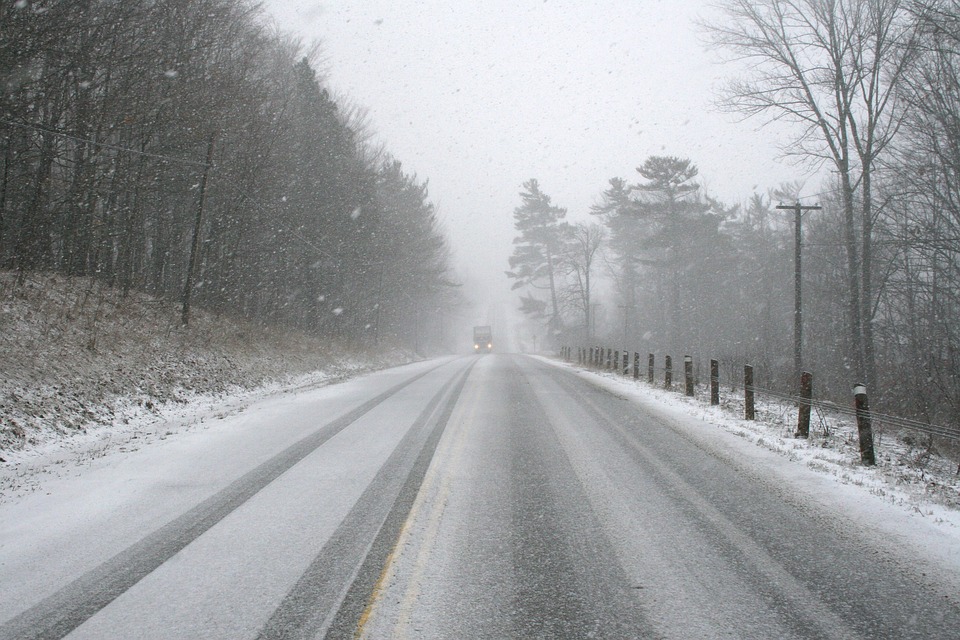5 Important Winter Driving Safety Tips

Statistics show that nearly one in four weather-related automobile accidents occur on snowy or icy roads. With winter right around the corner, millions of Americans will be forced to drive in these less-than-ideal conditions. However, you can stay safe on the roads this winter by following the tips outlined below.
#1) Brake Slowly
You have to change the way in which you drive during the winter, particularly in regards to braking. Hitting the brake pedal with full force may cause your vehicle to spin out. To prevent this from happening, allow your vehicle to decelerate naturally by letting your foot off the gas. And if needed, press the brake pedal slowly.
#2) Bring Jumper Cables
The cold winter temperatures will often make car batteries act funny. So, in case your battery won't start, it's a good idea to bring jumper cables. This way, you can jump your car's battery to get it running again. Of course, this isn't a permanent solution; you'll still need to have your battery replaced. But at least it will
#3) 10-Second Following Distance
In normal, dry conditions, a following distance of three to four seconds is recommended, meaning you should have up to four seconds to reach the car in front of you if it stops. In wet and icy conditions, however, you should increase your stopping time to 10 seconds. Wet roads require longer times to stop; therefore, the 10-second following distance is recommended for winter driving.
#4) Drive with Headlights
Try to get into the habit of driving with your headlights on during the winter. Headlights serve two essential purposes: they increase your visibility so you can see patches of ice and other hazards in the road, and they also make it easier for other motorists to see your car. For these reasons, you should drive with your headlights on during the winter.
#5) Avoid Driving on Icy Roads
When possible, avoid driving on severely iced-over roads. There's a big difference between driving on a snow-covered and iced-covered road. The former will have a minimal impact on your car's handling, whereas the latter will have a significant impact. Normally, it's the back roads that develop more ice due to the lack of traffic. Regardless, though, you should try to avoid all iced-over roads during the winter.
Recent Posts
-
Fire Safety in the Workplace: What You Need to Know
What steps are you taking to prevent fires in your workplace? According to the U.S. Occupational Saf …Aug 23rd 2023 -
Is It Safe to Go Jogging With a Cold Infection?
If you're suffering from a cold infection, you might be wondering whether it's safe to go jogging. T …Aug 22nd 2023 -
5 Safety Tips to Follow When Using a Powder-Actuated Tool
Powder-actuated tools are commonly used to join materials to steel and concrete. Also known as Hilti …Aug 20th 2023




